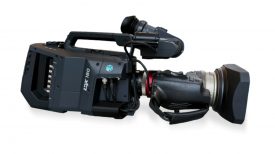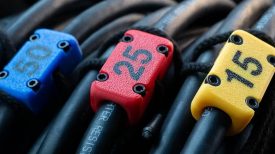Guest post by Spencer Chumbley:
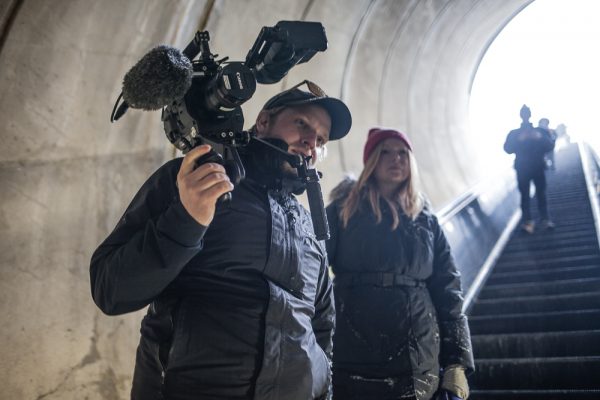
Since I wrote my last post on “How I made the C100 a web news work horse” I have to admit—I upgraded. I left the ecosystem of Canon – a world that I worked in for years – and took the plunge into Sony’s universe with their popular PXW-FS7 XDCAM. Newsshooter’s editors have extensively reviewed the camera, breaking down lensing options (Part 1, Part 2) and profiling possible rigging from a handful of companies such as Movcam, Tilta, Arri and Zacuto.
The variety of rigs systems is enticing, but after spending $10,000 to buy the system basics (body, batteries, XQD cards, Metabones Speedbooster Ultra), I wasn’t left with much cash for rigging and luckily the camera doesn’t really need any. But I wanted to see what I could do to the Sony FS7 with the Wooden Camera accessories I already owned for the Canon C100 and C300. Was there a way to move between the two ecosystems for the times when my clients like VICE provide me their Canon gear? The answer is yes.
I already had the following parts in my kit:
• Wooden Camera Quick Base
• Wooden Camera Go Shoulder
• Wooden Camera Rosette Bracket
• Small Rig Dog Bone Rosette Arms (12 cm / 19 cm)
• Small Rig Rosette Handle
• Wooden Camera UVF Mount
• Auray Universal Shock Mount
And here’s what I did to make it possible:
By purchasing Wooden Camera Quick Release Plate for the FS7 ($150), I was able to continue using the base plate set-up I had configured for the C100/C300 and retained the Canon C-Series quick release plate for the times when I need to use it with those systems. This small change allows me to continue using front dog bone arms with handles in additional to arm and grip provided by Sony, which does exactly what the dog bone arm with the Movcam grip relocator did on my old C100 set-up. I can also pop the camera out of all its rigging easily via the Quick Base and shoot hand held using body controls for stop/start, aperture, etc.
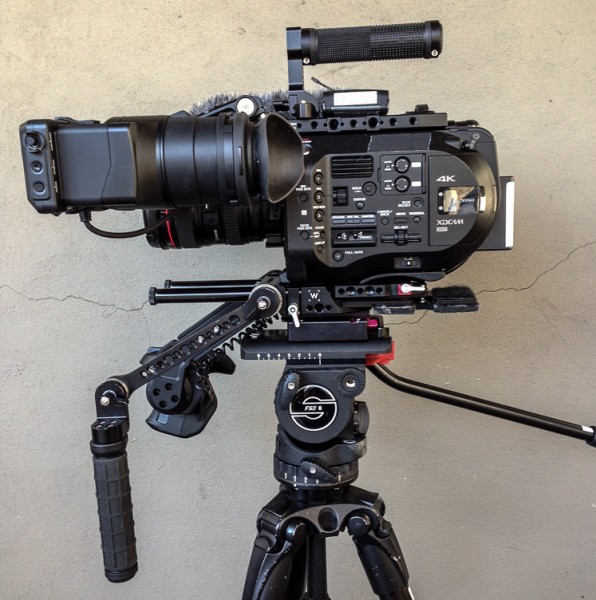
One issue I came across is size. No matter how hard I tried, I was unable to get my FS7 to fit in my Pelican 1510 flight case. I bring minimal gear when I travel, which means carrying on Pelican flight case (Camera) and InCase DSLR Pro Pack (DSLR b-cam, audio accessories, laptop) with my tripods and duffel below. To avoid buying a bigger case I tweaked further.
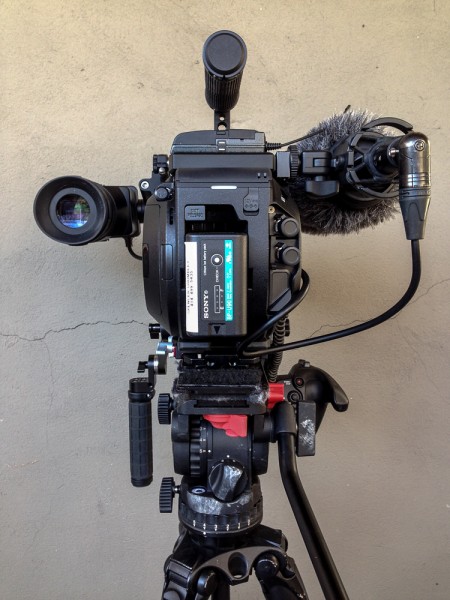
To reduce the camera profile, I removed the stock FS7 handle and sacrificed the extra record button, zoom rocker, and hot audio shoe. I found that the Wooden Camera FS7 Top plate ($299) was the best place to starting place to reconfigure the camera. On top of it, I used a Small Rig quick release handle with a 7cm NATO safety rail. This handle choice frees up tons of room on top of the camera which is perfect for attaching 2 wireless mic packs via velcro. It can also be disassembled and packed away more easily.
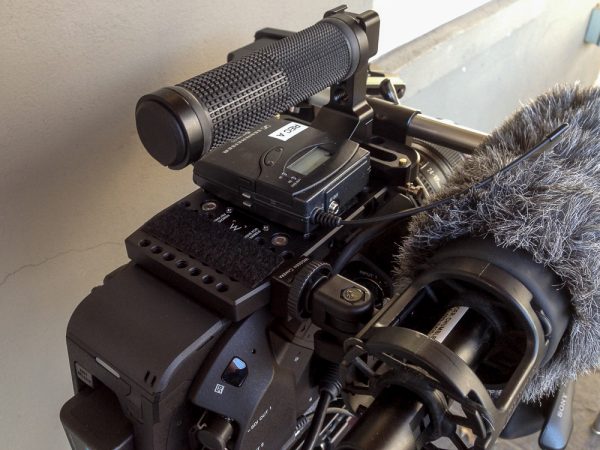
I purchased Wooden Camera’s FS7 Rail Adapter for UVF mount ($199) so I could keep using the UVF mount I purchased for my C100. Using parts from the original UVF mount and the rail adapter, I mounted the existing Sony LCD and Loupe on the camera via the top plate.
This configuration allows me to easily detach the viewfinder assembly, but removes my shotgun mic mounting platform. Attaching my Auray shock mount via cold shoe to the wooden camera top plate easily solved this problem. This last set of changes to the FS7 not only reduced the camera’s profile, but also allows me to break it down and easily pack it away in my Pelican case.
The transition has from Canon to FS7 has been pretty seamless, but I’m looking to make a final few tweaks that I hope will help with balancing the rig. I currently use Kessler’s Quick Plate system for switching back and forth between my shoulder rig and tripod. Newsshooter’s Dan Chung pointed out in his review that using the Zacuto QR Shoulder Pad on the Kessler/Zacuto QR shifts the camera’s shoulder pad up a few inches so the camera is better balanced. Alternatively, I have also considered investing in MovCam’s FS7 Power Distribution Box and moving to a V-lock battery system, not only for convenience but also to add some weight to the back of the camera for balancing purposes.
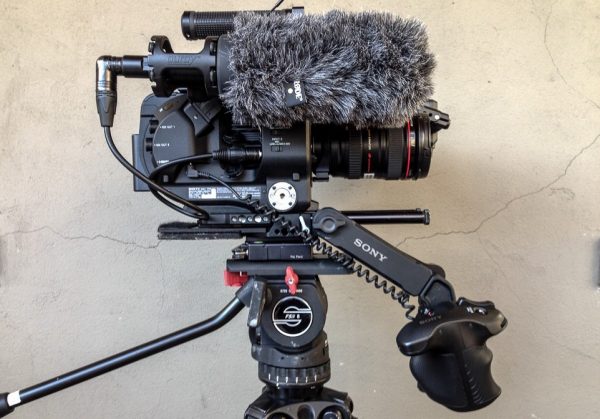
All in all, Sony FS7’s out of the box ergonomics are much better than other cameras in its class. Yet, as with any camera, it needs tweaking based on an individual’s operating tastes and preferences. I am happy to have been able to transition accessories purchased for the Canon C-series to the FS7 and have the ability to transfer back when assignments require different cameras. Even so the quest for the perfect shoulder setup continues…
Spencer Chumbley is a freelance producer and cinematographer based in Washington, DC. Follow him on Twitter @SpencerChumbley and view his work at www.fosterdiscourse.com



